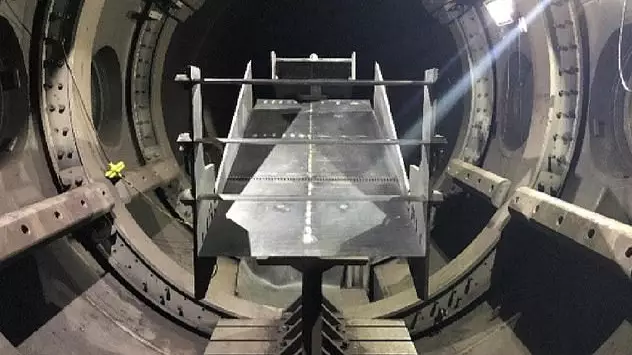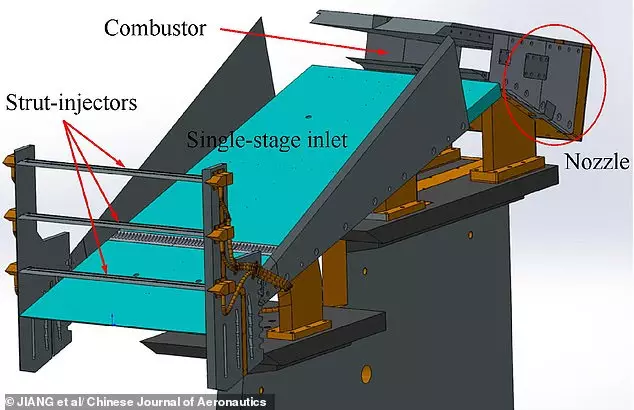
A new hypersonic Chinese jet engine can fly at 16 times the speed of sound, fast enough reach anywhere in the world within two hours, according to sources in Beijing.
The prototype Soramjet engine has been successfully tested in a Chinese wind tunnel, reports state.
If the engine was to be scaled up and safely put into commercial aircraft, it could mean that planes could travel to any part of the world in less than two hours.
Advert
Researched in Beijing led the project and say that the engine could even be used to power planes that take off as usual, then fly into orbit before re-entering the planet's atmosphere to land at an airport.
Is your mind blown too?

Of course - such devices could also be used as military weapons.
Advert
As reported by the South China Morning Post, tests were carried out at the JF-12 shock tunnel and were performed up to nine times the speed of sound - known in the science world as Mach 9. This equates to 6905mph.
The data was extrapolated, and without any outside complications, could theoretically travel at Mach 16. However, no lab on earth is yet capable of creating conditions that can test if it would actually work at that speed.
A peer-reviewed scientific paper was published by Jiang Zonglin - a professor at the Chinese Academy of Sciences. It revealed the technology behind how they got to such speeds, and it involved taking a different approach.
Hypersonic speed is different to turbojet engines that are seen on current planes as they have no moving parts.
Advert
They instead use their speed to compress the air in front of them which then lights the fuel. This is called 'propulsion'.
But - these engines haven't been tried in any real-world settings and are still very much in the testing stage.

One of the main issues would be that shockwaves from this compression of air - what creates a sonic boom - would put the flames out. This would stop them from going above Mach 7.
Advert
The new research has been working on an engine that only has a single-stage air inlet. This means that air is directed into a combustion chamber where it ignites the hydrogen fuel on board.
Featured Image Credit: Chinese Journal of Aeronautics